Adventure Biking Part 1
For years, the bike industry has been inspired by professional road racing. Even recreational riders aspired to the pro look, trying to imitate the heroes of the grand tours. The popular image of a road bike reflects this; obsessively lightweight, narrow-tyred, aggressive - and expensive. But the boom of recent years has spread cycling even further beyond the classic clique of young athletic men. Adventure Biking part 1: An introduction to adventure bikes 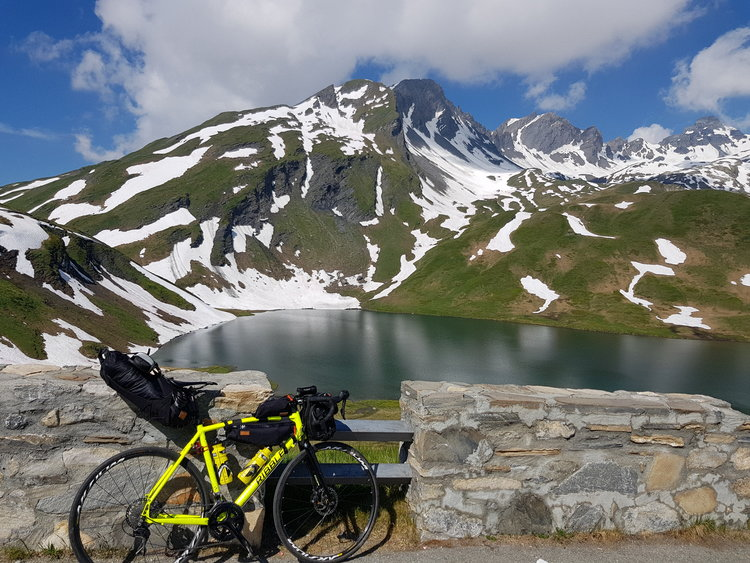 A fully laden Ribble CGR in the Alps!
A fully laden Ribble CGR in the Alps! 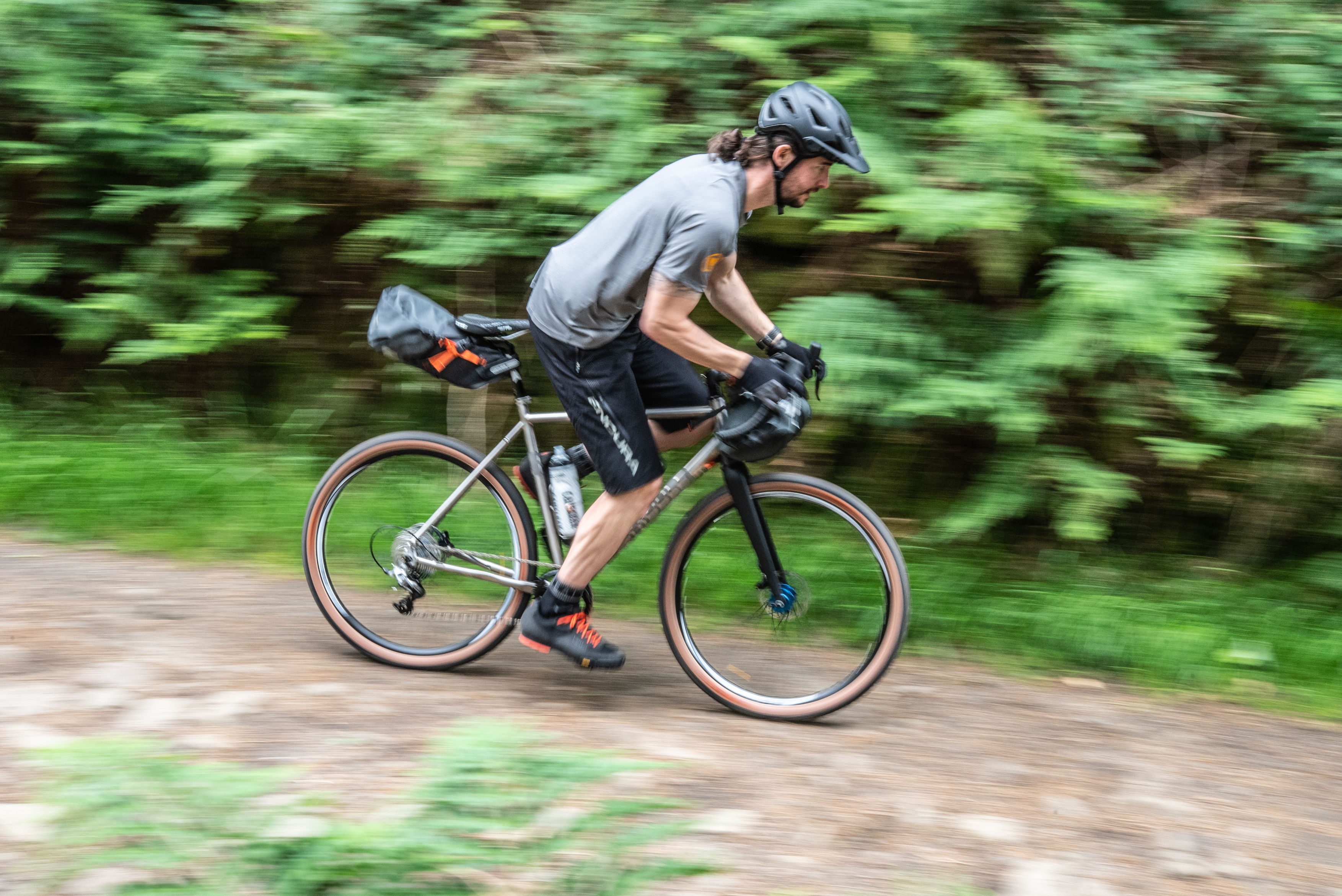 Rural exploration on the CGR Titanium Instead, we’re seeing the resurgence of a strand of cycling culture that last flared up in the American bike boom of the Sixties and Seventies. Before it was squashed by infrastructure cutbacks and the perception of bikes as luxuries in a time of financial crisis. Millions of ordinary people took to bicycles for transport and pleasure each year. Today, we’re again seeing utility and versatility lead bicycle design.
Rural exploration on the CGR Titanium Instead, we’re seeing the resurgence of a strand of cycling culture that last flared up in the American bike boom of the Sixties and Seventies. Before it was squashed by infrastructure cutbacks and the perception of bikes as luxuries in a time of financial crisis. Millions of ordinary people took to bicycles for transport and pleasure each year. Today, we’re again seeing utility and versatility lead bicycle design.  Explore off the beaten track This trend may be driven by performances on the cutting edge of ultra-cycling races, but it results in bikes which are comfortable, practical, and enabling. Road racing bikes appeal to cyclists who are looking to emulate the bronzed, vascular machines in the Tour de France. Each of these supported by a vast team of soigneurs, mechanics, cooks and doctors. But the popularity of adventure bikes comes from their promise of individual escapism, whether it’s an hour-long ride that takes in both tarmac and gravel or an overnight trip with camping gear. To briefly escape the everyday routine, an extended tour into the wilderness, or the athletic ordeal of an unsupported amateur race across a hostile environment.
Explore off the beaten track This trend may be driven by performances on the cutting edge of ultra-cycling races, but it results in bikes which are comfortable, practical, and enabling. Road racing bikes appeal to cyclists who are looking to emulate the bronzed, vascular machines in the Tour de France. Each of these supported by a vast team of soigneurs, mechanics, cooks and doctors. But the popularity of adventure bikes comes from their promise of individual escapism, whether it’s an hour-long ride that takes in both tarmac and gravel or an overnight trip with camping gear. To briefly escape the everyday routine, an extended tour into the wilderness, or the athletic ordeal of an unsupported amateur race across a hostile environment.  Urban exploration on the CGR SL ‘Adventure bike’ is a vague term used to describe a great variety of different bikes. While they all trend towards a midpoint that offers versatility and surefootedness on mixed surfaces - road and off-road - there are two obvious lineages.
Urban exploration on the CGR SL ‘Adventure bike’ is a vague term used to describe a great variety of different bikes. While they all trend towards a midpoint that offers versatility and surefootedness on mixed surfaces - road and off-road - there are two obvious lineages.  On one hand, we have the adventure bike which is a really a gravel bike at heart - and gravel bikes are really road bikes at heart. The classic bike silhouette is still there - drop handlebars and a compact, simple stance uncluttered by suspension or massive tyres. But the narrow, uncomfortable tyres and extreme rider position of the road racing thoroughbred are gone. For Ribble, this is where the CGR comes in. Its name - Cross, Gravel, Road - speaks to the varied conditions where it feels at home.
On one hand, we have the adventure bike which is a really a gravel bike at heart - and gravel bikes are really road bikes at heart. The classic bike silhouette is still there - drop handlebars and a compact, simple stance uncluttered by suspension or massive tyres. But the narrow, uncomfortable tyres and extreme rider position of the road racing thoroughbred are gone. For Ribble, this is where the CGR comes in. Its name - Cross, Gravel, Road - speaks to the varied conditions where it feels at home. 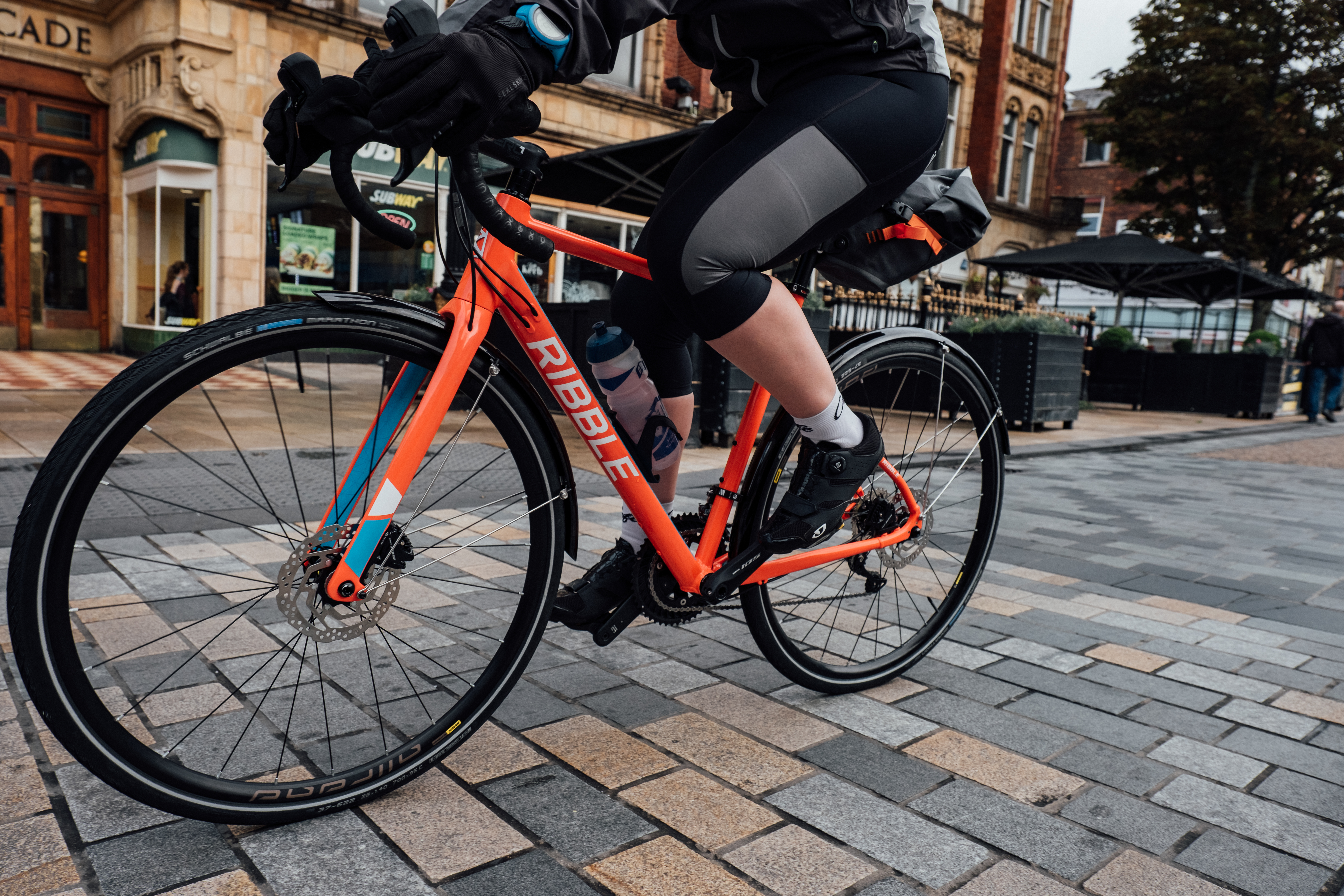 The CGR AL being put through its paces! On the other hand, we have the adventure bike which shows its mountain bike roots. The tyres are larger, sometimes much larger. The bars are more likely to be flat or swept back rather than dropped. Sometimes front suspension is used, and if not then the rigid fork is usually ‘suspension-corrected’ . By this we mean it is longer than it needs to be, so that a suspension fork could fit the frame without changing the handling. This is where our Adventure fits - a rigid mountain bike with a touring position.
The CGR AL being put through its paces! On the other hand, we have the adventure bike which shows its mountain bike roots. The tyres are larger, sometimes much larger. The bars are more likely to be flat or swept back rather than dropped. Sometimes front suspension is used, and if not then the rigid fork is usually ‘suspension-corrected’ . By this we mean it is longer than it needs to be, so that a suspension fork could fit the frame without changing the handling. This is where our Adventure fits - a rigid mountain bike with a touring position. 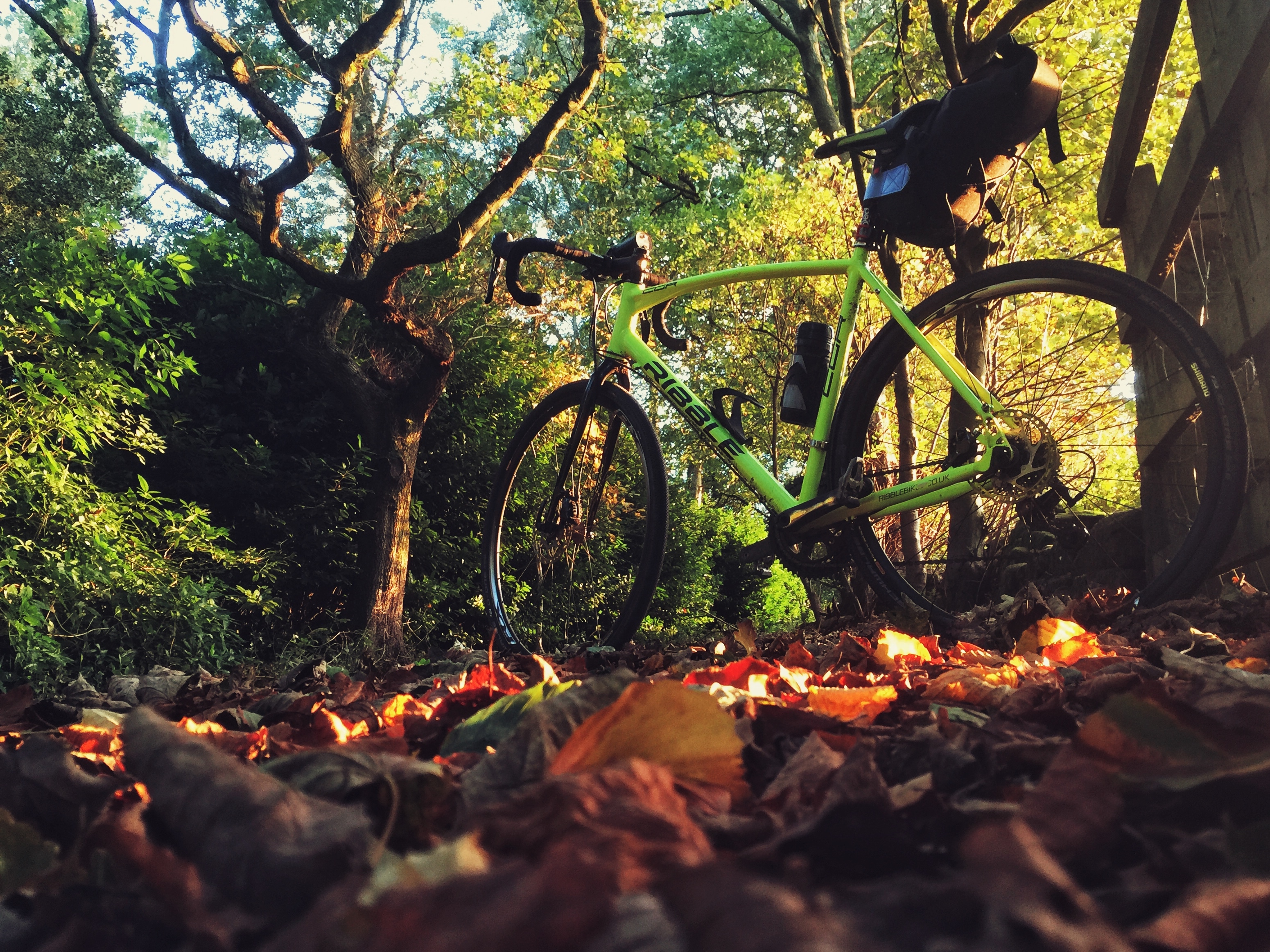 Do CGRs ride in the woods? In either case, the adventure bike is usually marked by a maximalist approach to versatility and utility. Bottle cage bosses and rack mounts everywhere; disc brakes for braking in all weathers. Wide clearances for comfortable, grippy tyres with room to spare for mud (or mudguards). Gearing is low, sometimes very low indeed when mountain bike cassettes with up to 52 teeth are used. Even on road-derived models the fit is upright and comfortable for the long haul. However, with a shorter reach and more stack than on a typical road bike.
Do CGRs ride in the woods? In either case, the adventure bike is usually marked by a maximalist approach to versatility and utility. Bottle cage bosses and rack mounts everywhere; disc brakes for braking in all weathers. Wide clearances for comfortable, grippy tyres with room to spare for mud (or mudguards). Gearing is low, sometimes very low indeed when mountain bike cassettes with up to 52 teeth are used. Even on road-derived models the fit is upright and comfortable for the long haul. However, with a shorter reach and more stack than on a typical road bike. 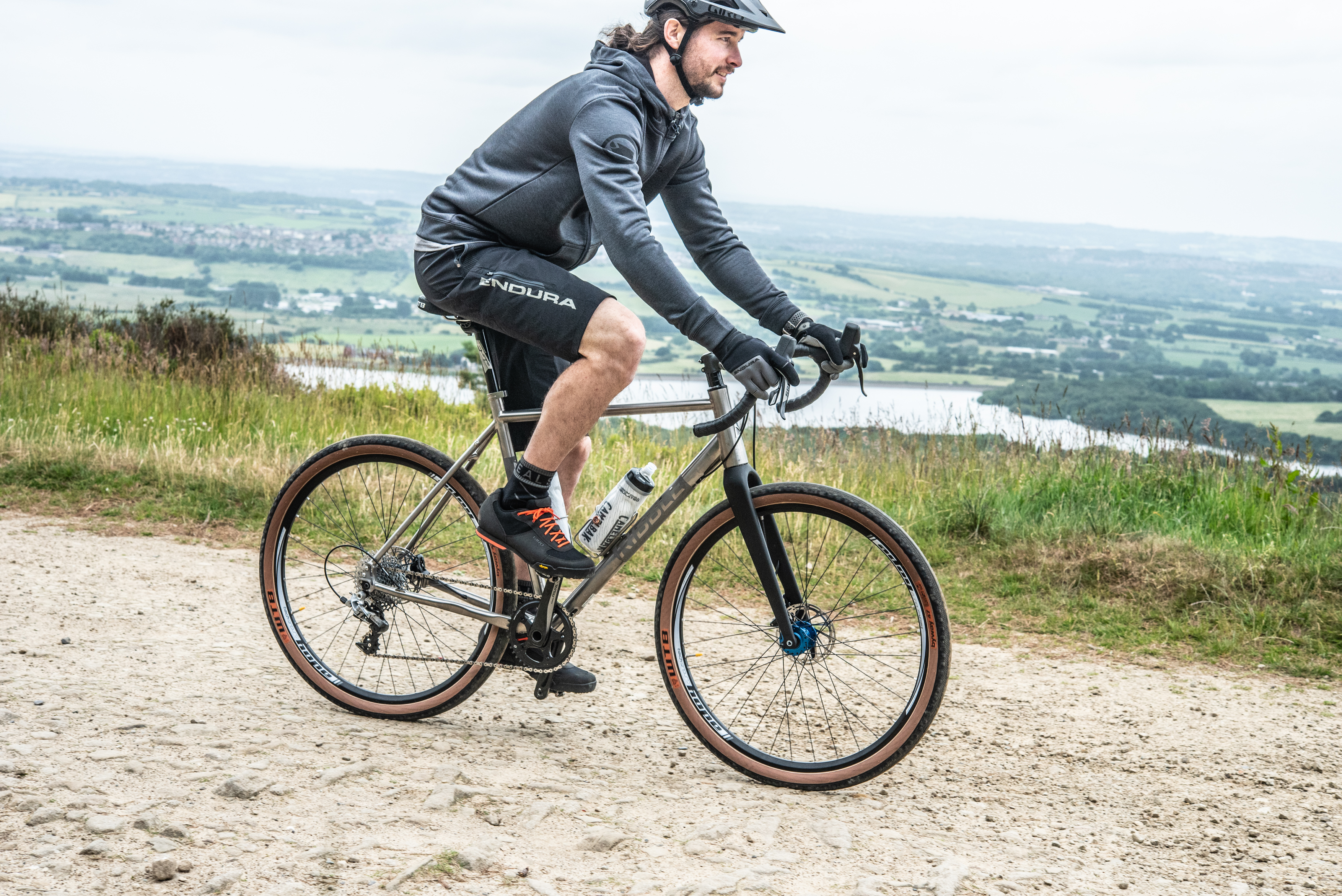 Enjoying the scenery on the CGR Ti It’s these concessions to practicality that make adventure bikes so popular. They’re equipped for transcontinental racing on or off-road depending upon the setup. But that also makes them suited for commuting in all weathers, exploring bridleways and abandoned trails. Or just for setting off at a gentle pace with everything you need to be self-sufficient for a weekend or a month.
Enjoying the scenery on the CGR Ti It’s these concessions to practicality that make adventure bikes so popular. They’re equipped for transcontinental racing on or off-road depending upon the setup. But that also makes them suited for commuting in all weathers, exploring bridleways and abandoned trails. Or just for setting off at a gentle pace with everything you need to be self-sufficient for a weekend or a month.  It's grim up North!
It's grim up North!
Gearing explained- a Ribble guide